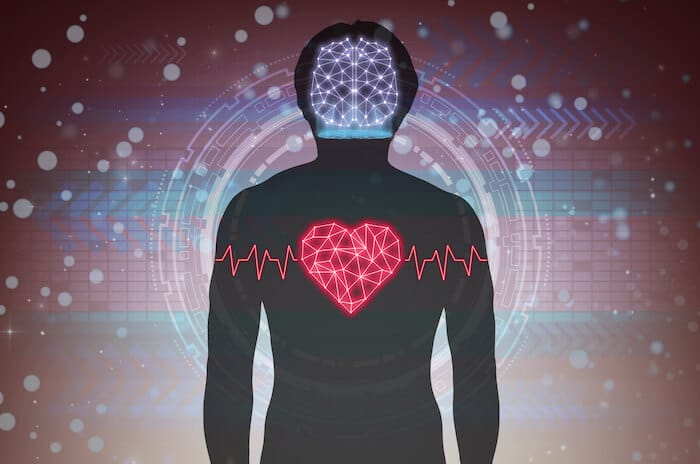

Interestingly, in the absence of respiratory influence, the heart beat itself tends to be very rhythmic and coherent, demonstrating little beat to beat variation in amplitude, phase, or frequency. The heart beat produces a high pressure (nominally 100mmHg average) pulsatile blood wave that advances into the aorta on the arterial side, a like amount of blood being drawn through the right heart, advancing into the low pressure (nominally 20mmHg) zone of the lungs on the venous side. If either of these wave processes cease, our minutes are numbered. The second is respiration, powered by the diaphragm.

when the skeleton is still, there are two fundamental bio-mechanical processes that carry on, both of these processes producing wave phenomena. When the body is in a state of rest or semi-activity, i.e. We should care because wave action in the body is related to efficiency and ultimately to “life”. Being physical systems, biological systems demonstrate the same. Physical systems demonstrate wave activity and resonance. It is the application of appropriate rhythmic effort that keeps the swinger swinging joyfully with height. If, however, the effort applied becomes arrhythmic, the action of the swing becomes chaotic, its height diminishes, and it eventually comes to a stop. A child can find this rhythm within seconds.įigure 2: Child on a swing demonstrating resonance “amplitude”, with minimal incremental effort. This it the resonant condition at which the swing and the swinger are working in harmony yielding maximal height, i.e. And where there is wave phenomena, the potential exists for those waves to exhibit rhythm and coherence, or its opposite – arrhythmia and incoherence – on a spectrum.Ī pendulum is a simplest example or, or maybe there’s an example of a dynamic pendulum that we’re more familiar with, a child on a swing, in which case the child and the swing are part of the pendulum system.įor any child and any swing, there is a point of maximal efficiency, the point at which the swing travels highest to and fro with minimal sustained effort applied. Wherever the human organism demonstrates rhythmic motion, there is wave phenomena. The measurement of “heart coherence” is an example of this type of sequential analysis. In the latter case, coherence is a broad measure of rhythmicity (multiple consecutive waves cannot exist without a degree of rhythmicity). Figure 1: Example of synchrony and coherence of heart rate (blue) and breathing induced Valsalva Wave (red)


 0 kommentar(er)
0 kommentar(er)
